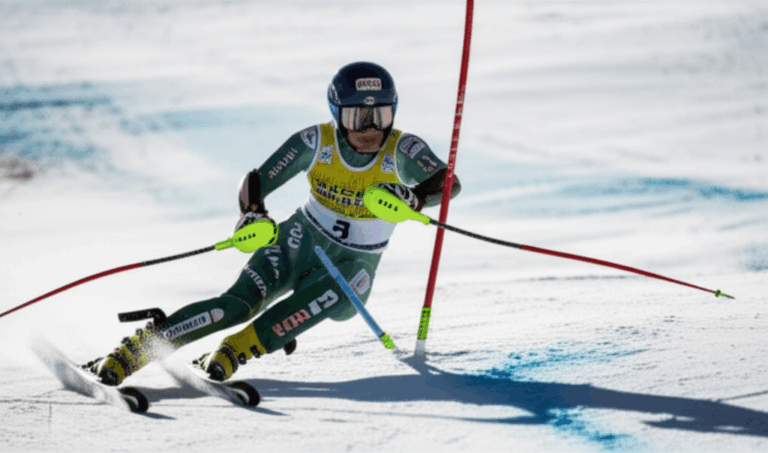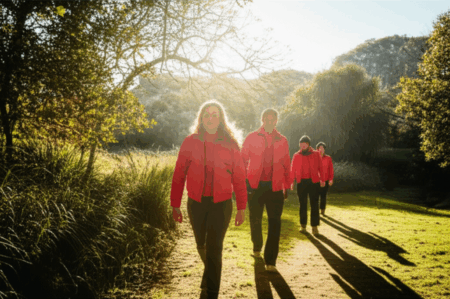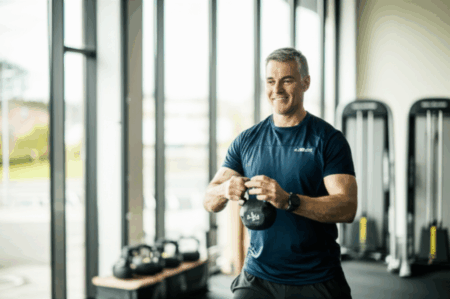Mikaela Shiffrin, the most decorated Alpine skier in World Cup history, attributes much of her unparalleled success to a “bulletproof” foundation of strength, with her core at its absolute center. For Shiffrin, building a strong core is not merely about aesthetics but about achieving peak performance and injury prevention on the slopes. Her comprehensive and demanding core workout routine is a testament to the dedication required to dominate a high-intensity sport like ski racing.
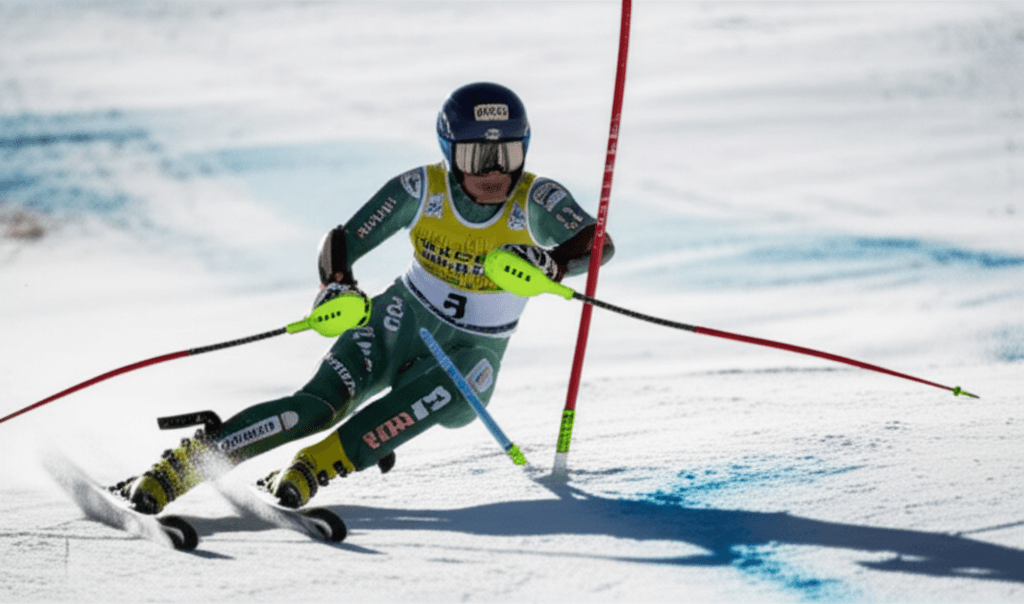
The Importance of a Powerful Core for Ski Racing
Ski racing demands an incredible combination of power, balance, agility, and endurance, all of which heavily rely on a robust core. Shiffrin emphasizes that a strong core is essential for connecting rotational ability with forward and side flexion, critical movements in ski racing. It helps absorb the immense forces experienced while carving turns at high speeds, maintains stability through varied terrain, and prevents injuries by distributing load effectively across the spine.
Shiffrin’s philosophy revolves around working “from the ground up” to build a solid foundation. This means focusing on overall body strength and coordination, with particular attention to core activation and spinal mobility.
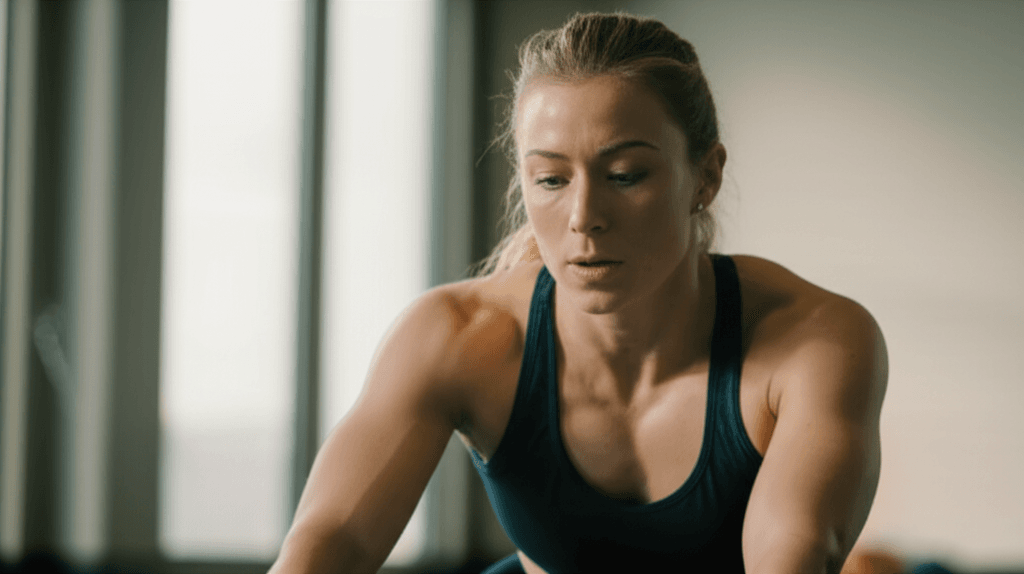
Shiffrin’s Core Workout Components
Mikaela Shiffrin’s core routine is dynamic and multifaceted, integrating elements of mobility, activation, and targeted strength training. Her regimen often includes:
Warm-up and Mobility
Before diving into heavy strength work, Shiffrin prioritizes mobility and core activation. She typically starts her workouts with foam rolling, focusing on mobilizing her thoracic and lumbar spine to ensure her entire spine can take on load without concentrating it in one area. She also incorporates band-assisted cat-cow stretches to boost back mobility and activate her core muscles.
She also utilizes a training theory called Dynamic Neuromuscular Stabilization (DNS), which focuses on deep breathing and body movement for core activation and overall stability. These foundational movements are crucial for preparing her body for the intense demands of her sport.
Targeted Core Strength Exercises
Shiffrin’s routine includes specific exercises designed to build formidable core strength, especially after an injury. Following a past abdominal injury, she placed significant emphasis on regaining oblique strength, highlighting its importance in ski racing and daily life for rotational and flexion abilities.
Key core exercises in her routine include:
- Hanging Side Oblique Flexion Work: This exercise is crucial for developing oblique strength, which is vital for the rotational movements in ski racing and overall core connection.
- Crossover Lateral Step-Ups with Weight: While primarily a lower body exercise, this movement also engages the core for stability and functional motor control, particularly in the hip stabilizer muscles. Shiffrin often incorporates single-leg work, recognizing its importance.
- Pull-ups: Shiffrin considers pull-ups a key exercise that makes her feel most powerful, and it was a goal of hers to be able to complete 5 to 10 pull-ups. Pull-ups are excellent for upper body and core strength, requiring significant abdominal engagement for stability.
Comprehensive Strength Training
While her core routine is impressive, it’s part of a larger, grueling strength training regimen that supports her overall athleticism. Shiffrin trains six days a week, often for 4 to 8 hours per day, adapting her workouts as her body evolves. Her general strength training includes squats with a barbell, emphasizing that squats work multiple muscle groups including calves, quads, hamstrings, glutes, and the core. She also incorporates other full-body exercises like pushing and pulling a weighted sled, rowing machine work, and slide board exercises.
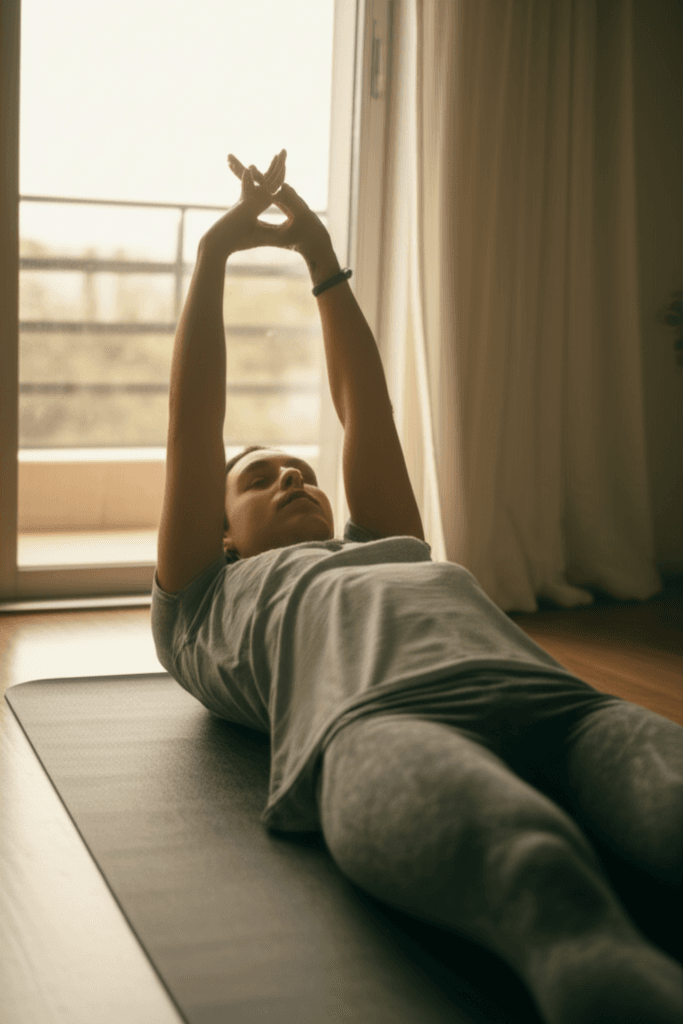
Recovery and Overall Well-being
Beyond the intense physical exertion, Shiffrin emphasizes the critical role of recovery. She considers sleep her “meditation,” prioritizing around nine hours of sleep per night for both physical and emotional recovery. Her daily routine includes early mornings, on-mountain training, followed by gym sessions, and then crucial rest periods, including naps. This holistic approach ensures her body is always prepared for the next challenge.
Mikaela Shiffrin’s core workout routine, and indeed her entire training philosophy, showcases a dedication to foundational strength, continuous adaptation, and meticulous recovery. It’s a prime example of how world-class athletes build and maintain the physical prowess necessary to achieve and sustain dominance in their respective sports.




